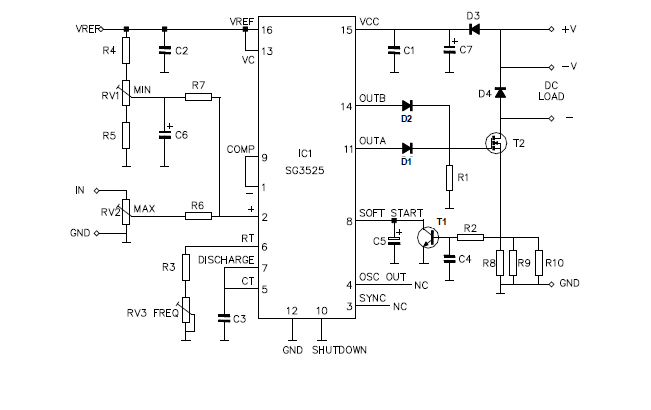The Triac controller was great for controlling lamps of the day. These being incandescent required a fair bit of current which was ideal because the Triacs needed this current to keep them conducting until the zero crossing voltage when they would turn off.
The other issue was that the filaments of these lamps would heat up and retain their temperature so even though the current was a partial sine wave one couldn’t detect this. LEDs are a different story and will flicker due to this noisy supply voltage.
Here’s a circuit of a PWM that supplies a variable DC voltage:

This is a better type of dimmer for a LED since its oscillating in the kHz range so no flicker that the eye can detect. The problem is that this requires DC LEDs and these aren’t so common these days 
I still had MR16 downlights in my previous house. Those would work off 12VDC. They had a built-in rectifier of course, so if you powered them from DC you’d simply use the one pair of diodes with the other two doing nothing. The same is technically true of the newer “AC” lamps. The first thing they do is make a DC voltage, then they step it down with an SMPS. You could technically feed them with 100VDC and they’d work just fine…
This thread is getting derailed a bit, but I have been lazy and run discrete LEDs off low voltage AC directly with only a resistor for current limiting. Being a diode, the LED would only be on for one half-cycle but other than being slightly dim, there was no flicker noticeable.
But with a resistor current limiting, aren’t you not really getting the full benefit of using LEDs? Supposedly your power consumption will be much higher than it needs to be?
Also, perfectly fine to derail the thread. My problem is solved. I need a physical switch.
On a side note, I am super happy with the move to LEDs. The reduction in power usage (off the batteries, because obviously lights are used at night) is amazing. I now am much less of a monster walking around turning off unneeded lights.
In the few times I have done this, the LEDs were only for indication purposes, e.g. to show that the device was powered. LEDs have a maximum current above which they will blow, and usually they don’t appear to get much brighter from some point below that already so it is common practice to use a current limiting resistor when powering LEDs from a fixed voltage supply. All the LED bulbs I have seen that have multiple small LEDs use a few parallel strings of LEDs and they also have a resistor per string, which I think could be to ensure current sharing when the voltage drop on the individual LEDs may not all be exactly the same.
I am disappointed in the dimmers that are available (especially if they are bought independently) Mostly they are old Triac technology which was always flaky but it could be made to work. I have down lighters controlled by dimmers (Crabtree) in my house but we never use the dimmers any more…
I changed the topic heading a little because this seems to be a thread that people might want to stumble upon.